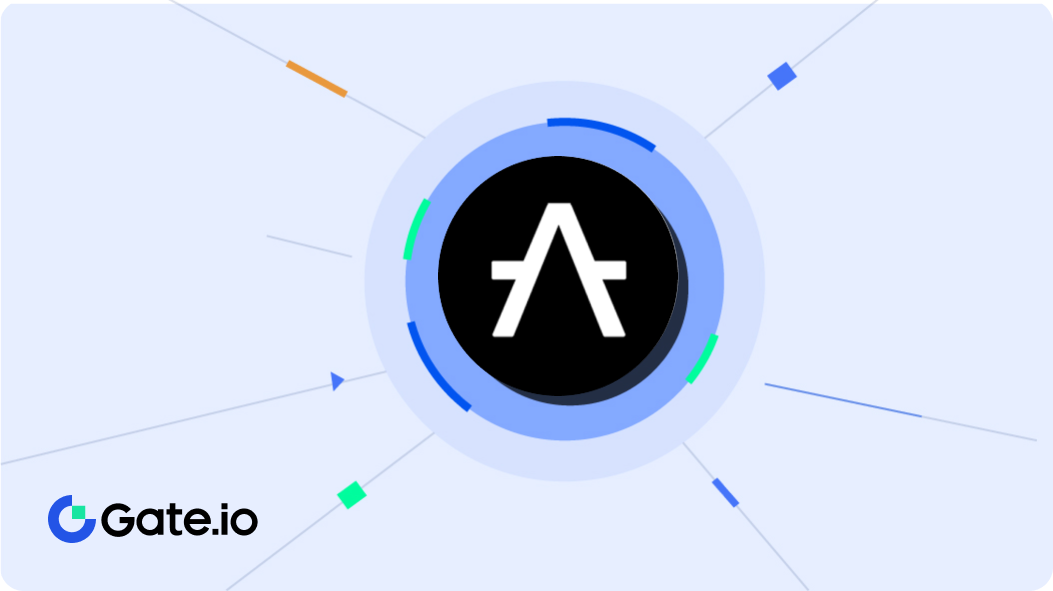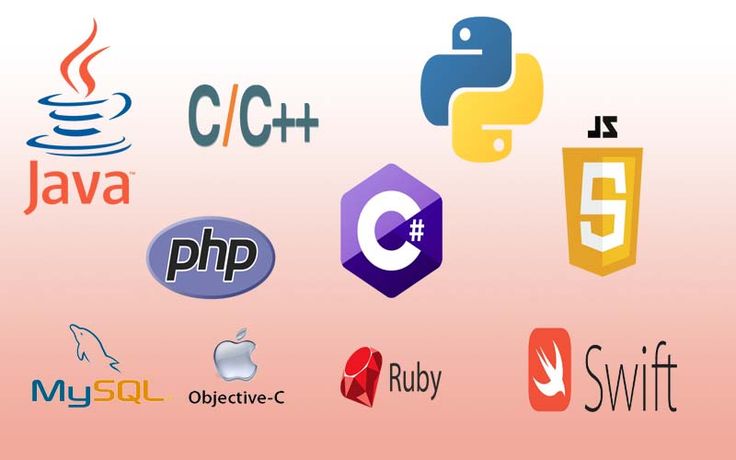Are you looking for the best programming languages 2020 list to learn in Nepal? The below-mentioned programming languages are selected on the basis of the job demands in Nepal.
There are many programming languages except these 5 but they don’t have much more scope in Nepal. If you want to work and earn money in Nepal then you can choose any one of the below-mentioned programming languages according to your wish.
Highest Paying Programming Languages in Nepal.
1.Python
Python is the most popular programming language for 2020. It is one of the user-friendly, general-purpose programming languages on my list here. What’s it like? Python’s syntax, like Java, is clear, intuitive, and almost English-like.
The “object-based” subset of Python is similar to JavaScript somewhere. If you’re interested in making your back-end development career, choose Django – Open Source Framework, it’s written in python, making learning simple and feature-packed, but popular. Python also has a variety of applications making it versatile and strong.
2.Javascript
JavaScript is a client-side scripting language in which the source code is handled by the client’s web browser fairly than a web server.
It is commonly used in web development in order to give the web content a dynamic and interactive element.
Because of which the page becomes more interactive as it allows the page to react on events, create cookies and detect user browsers.
3.Java
Java has also been listed for the best programming languages popularity category for 2020. It is one of the programming platform that is the most popular and widely used. A platform is an environment in which programs written in any programming language are built and run.
Java is the basis for the Android operating system and opted to make a range of back-end apps about 90 percent fortune 500 businesses.
I wouldn’t hesitate to take Apache Hadoop data processing with the biggest excitement, run by Amazon Web Services and Windows Azure.
4.PHP
PHP stands for Hypertext Preprocessor, a programming language for general purposes. It is clearly a scripting language that runs on a server and is used to create HTML-written web pages.
It’s popular because for new programmers it’s free, cheap, easy to set up and easy to use. This fact would seriously amaze you, the language that was created to maintain Rasmus ‘ Personal Home Page (PHP), has actually taken over around 83 percent of websites globally by today.
5.Swift
Swift is profoundly influenced by Python and Ruby and has been developed to be user-friendly and fun. Swift is seen as quicker, simpler, and easier to read and debug than its predecessor, Objective-C.
Compared to other open-source languages, you may not find many Swift developers around you.
Recent surveys say that Swift is only used by 8.1 percent of the 78,000 respondents, which is lower than others. And Swift is considered less reliable with each new release due to frequent updates.







